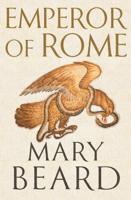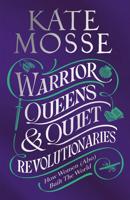Publisher's Synopsis
The story begins in Honolulu in late 1939 inside the meetings of a self-styled Council for Interracial Unity. The primary figures are Charles Hemenway, "father" of the University of Hawaii, and his prize adherents from the interwar period, YMCA youth worker Hung Wai Ching and a brilliant young teacher, Shigeo Yoshida. Together they are the heart of a group who believe that war will come soon, and that people in Hawaii can organize to guide the community through it. Their goals are to prevent a mass incarceration of the Japanese community and, in its stead, mobilize participation in the American war effort. Their work unfolds in a labyrinth of relationships that stretch through the public school system, the university, the YMCA and the U.S. Army. They reach urgently across ethnic lines to form relationships that will be tested to the limit in war. As the story develops, the conflict with Washington D.C.-including President Roosevelt-over issues of race and national origin become a chasm. From this Yoshida derives the group's prophetic mantra, "How we get along during the war will determine how we get along when the war is over." How Hawaii contrasts to the West Coast's forced evacuation and incarceration of 120,000 people of Japanese ancestry, most of them American citizens, is at the heart of "How Hawaii Changed America."








